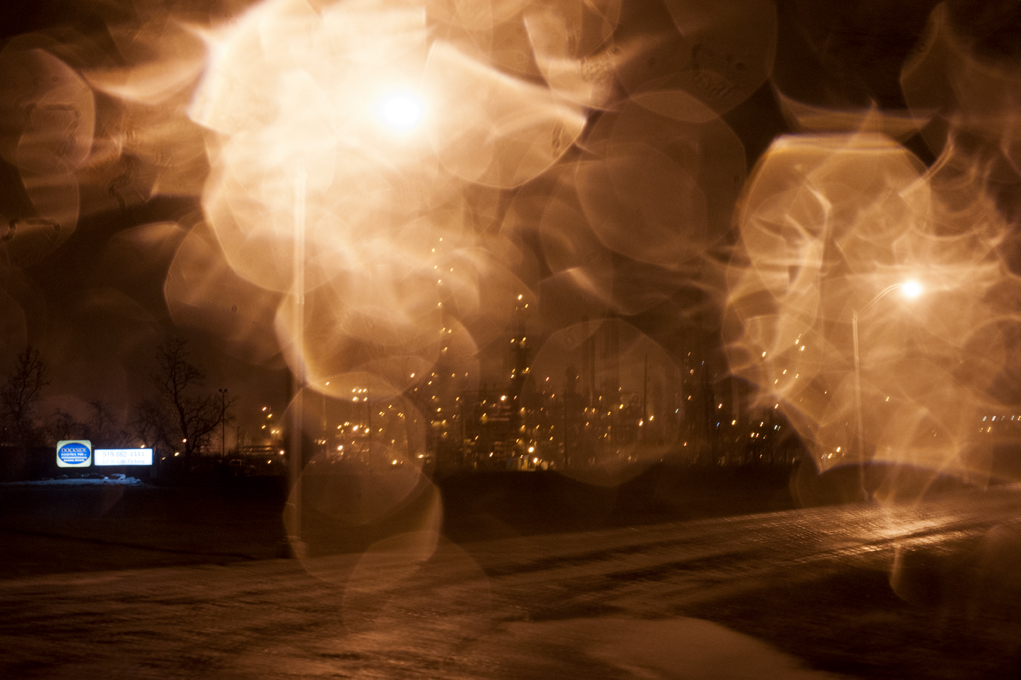The Field Guide to Lost Futures is a process of thinking collectively and collaboratively about loss. Addressed to near-future audiences, the Field Guide is part time capsule, part memorial, and part speculative experiment. The entries identify beings, places, relations, and phenomena that may be lost due to the radical changes some humans have inflicted on the planet, its ecosystems, and its beings.
Imagining Loss, Envisioning Futures
The Anthropocene—a term that describes the current geological age, characterized by the central role of humans in geological and ecological changes to the planet—is a period characterized by losses already endured and many anticipated losses on the horizon.
Much writing and thinking about the Anthropocene projects into a future radically remade by loss. Losses of ecosystems, relationships, lifeways, and stories have been unequally created and are inequitably distributed.
Creating the Field Guide
The radical changes taking place in the Anthropocene epoch do not effect all people and all places in the same way. Race, gender, sexuality, class, and species have profound effects on the varying exposures and vulnerabilities of different communities and geographies to climate change and other impacts of human-induced planetary changes.
Each entry in the Field Guide identifies something we imagine will be lost due to the Anthropocene’s wide-ranging yet localized effects. From species and land or water formations to practices and relationships, each entry contributes to a vision that looks forward and back to document worlds that were and worlds that are becoming.
To build the Field Guide to Lost Futures, we have combined a variety of critical theory approaches with the speculative power of art. To reflect the disparate impacts of human-induced changes, we have applied critical lenses that we have learned by engaging with Indigenous studies, Black studies, feminist theory, queer theory, critical animal studies, and settler colonial studies. We amplify our imaginings of lost futures by engaging with literature, photography, film, and illustration.
